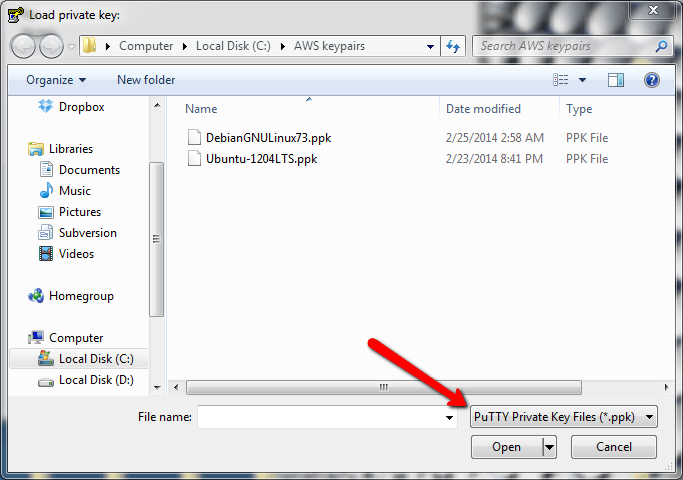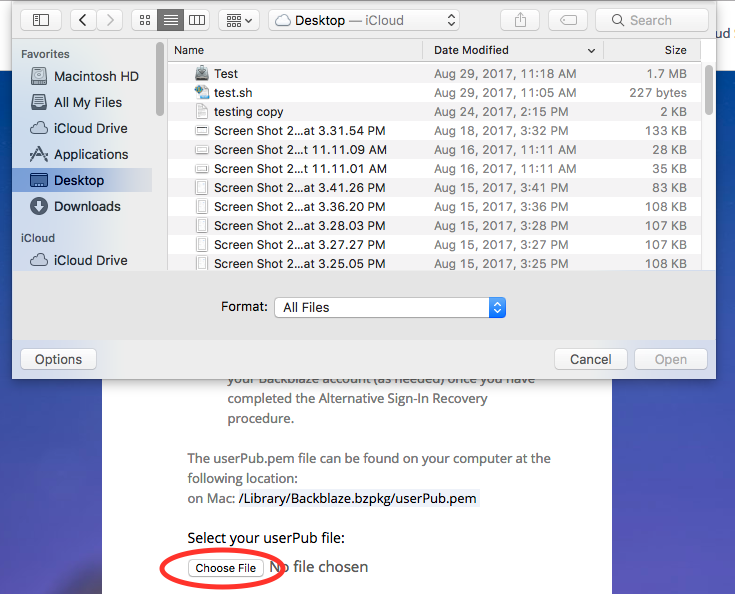
However, the choice of open source versus proprietary formats is not that simple and needs to be looked at closely. Open source formats, such as JPEG2000, are very popular due to their non-proprietary nature and the sense of ownership that stakeholders can attain with their use. Pairing content with a suitable choice of preservation format or access format identifying what is important in the content.īelow we suggest some factors to consider in selecting your preferred file formats: Open source vs proprietary? Any preservation policy should therefore recognise the requirements of the collection content and decide upon a file format which best preserves those qualities. Not all digital formats are suited or indeed designed for archiving or preservation. Strategies as migration, emulation, normalisation and a careful selection of file formats are all valid and worth considering, in the context of your collections and your organisation.Īspects of file formats for digital preservation Selecting target formats for preservation Your digital preservation strategy should strive to mitigate the effects of obsolescence and proliferation. Tracking and managing all these formats - which ones are at risk, and which tools can be used for each one - can be a serious challenge. In domains which develop rapidly evolving bespoke data formats this problem can be exacerbated.

lots of different versions of PDF, word, image formats etc. If formats aren’t normalised then an organisation can end up with a large number of different file formats, and versions of those formats: e.g. ProliferationĪrguably, in some sectors, proliferation is more of a challenge than obsolescence. It is quite likely that the majority of file formats you deal with will be commonly understood and well supported. Many established file formats are still with us, still supported, and still usable. That said, the problem may not be as severe as the digital preservation community perceived it to be some 10 years ago.

Obsolescence can also be accidental: both businesses and open source communities can fail.įile format format obsolescence is a risk that needs to be understood.

#Pterm file upgrade#
Both open source and commercial formats are vulnerable to obsolescence: vendors sometimes use planned obsolescence to entice customers to upgrade to new products while open source software communities may withdraw support for older formats if these are no longer generally needed by the community. When software does not provide for backwards compatibility with older file formats, data may become unusable. New formats, or versions of formats, may introduce file format obsolescence as newer generations of software phase out support for older formats. In some cases the file formats involved are just one part of a larger picture, a picture that includes software, hardware, and even entire information environments.įor further advice on preservation of specific types of digital content and associated file formats see the Content-specific preservation case studies in the Handbook.įile formats - what should we be worrying about?įormats evolve as users and developers identify and incorporate new functionality. The main content types are images, video, audio and text however, a growing number of formats are being structured to address the demands of new media, including formats for 3D models and archiving the web.įile formats vary enormously in terms of complexity, with some data being encoded in many layers. Where appropriate, the chapter will refer to other suitable methods for preservation.ĭifferent content types have, over time, developed their own file formats as they strive to accommodate functionality specific to their needs. While migration is a valid preservation strategy, and quite common for many file formats, it is not the only approach or solution. The purpose of this section is not to provide a detailed or exhaustive list of current formats for different types of content but to draw attention to the broader implications of file formats for their application, and implications for preservation.Ī substantial part of this chapter refers to the possible selection of a file format for migration purposes. Your strategy ought to move you towards simple and practical actions, rather than trying to support more file formats than you need. What can your organisation afford to do? How much developer effort will it require? What do the users require from your collections? Are you committing yourself to a storage problem? At all times, the answer to digital preservation issues is not to try and “do everything”. The management of file formats should be considered in the wider strategic context of preservation planning. Illustration by Jørgen Stamp digitalbevaring.dk CC BY 2.5 Denmark


 0 kommentar(er)
0 kommentar(er)
